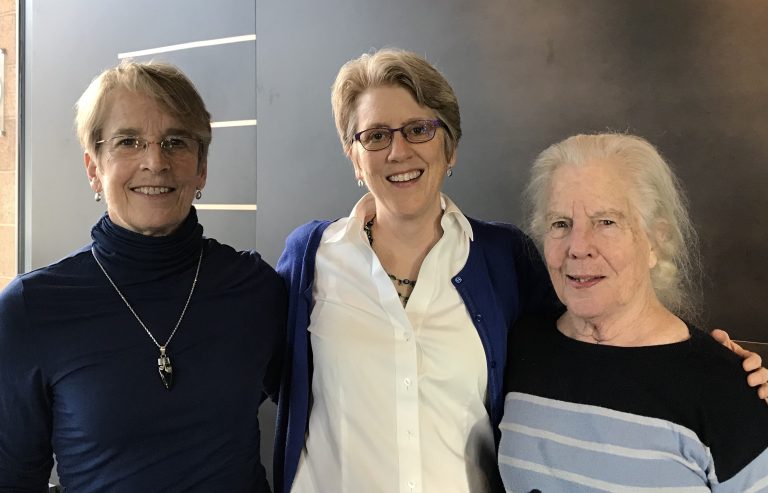December 13, 2018
30 Years of Women in Leadership Makes a Difference

As we come to the end of our 30th year anniversary, I continue to reflect on the ways WithinReach has grown and changed over the years to help hundreds of thousands of families live healthier, safer and more hopeful lives.
Earlier this year, the husband of our Chief Strategy Officer, Sharon Beaudoin, pointed out a unique and powerful element of our first 30 years that I had not considered.
In 30 years of service, WithinReach has been led by women, and only by women.
From Cynthia Shurtleff, our founding mother, and others, who saw the critical unmet health needs of moms and babies, to WithinReach’s first Executive Director, Ginny English, who ignited the fire that fueled WithinReach’s early days. Our path has been led by women, including Patty Hayes, Director of Public Health – Seattle and King County, Alison Poulsen, Executive Director of Better Health Together, and now me.
So, why is this unique? Today, women are still underrepresented in top level corporate and non-profit leadership. According to a New York Times article published this past spring, “Women in business start out equal to men in terms of jobs and pay. But at each level, they disappear. Only 22 percent of senior vice presidents are women. And of those, just 21 percent have roles related to generating revenue, which generally lead to C-level jobs. The drop-off starts with the first promotion to management: Women are 18 percent less likely to be promoted to manager than their male peers.”
Similarly, though the great majority of non-profit employees are women, the percentage of women in top non-profit leadership positions is in no way representative of the non-profit workforce. A NonProfit HR article , suggests that this trend is at least in part influenced by an over reliance on sourcing non-profit leaders from the private sector where most C-suite leaders are men. Even in traditionally female-dominated fields, like the non-profit sector, women are paid less than men.
So, why is this important? Women bring unique talents and skills to leadership. An article in ThoughtCo, sited a study that found that women are typically more persuasive and willing to take risks than their male counterparts, learn more from adversity, and tend to demonstrate an inclusive, team-building leadership style of problem solving and decision making. Other sources note that women leaders bring greater strategic and entrepreneurial thinking to their work, and are more optimistic, purpose-driven and collaborative.
When Sharon’s husband, Clayton, made this observation, he said “you should be very proud of this”. Of course, there are many outstanding — thoughtful, collaborative, persuasive — male leaders. However, I firmly believe that 30 years of female executive leadership has forged the effective, innovative and collaborative culture that enables WithinReach to build the solutions families need to navigate our challenging health and social service systems, and to THRIVE!
Not only am I proud of our record of all female leadership, but I am committed to developing and advancing a diverse pipeline of top women leaders for WithinReach and the greater non-profit sector.



